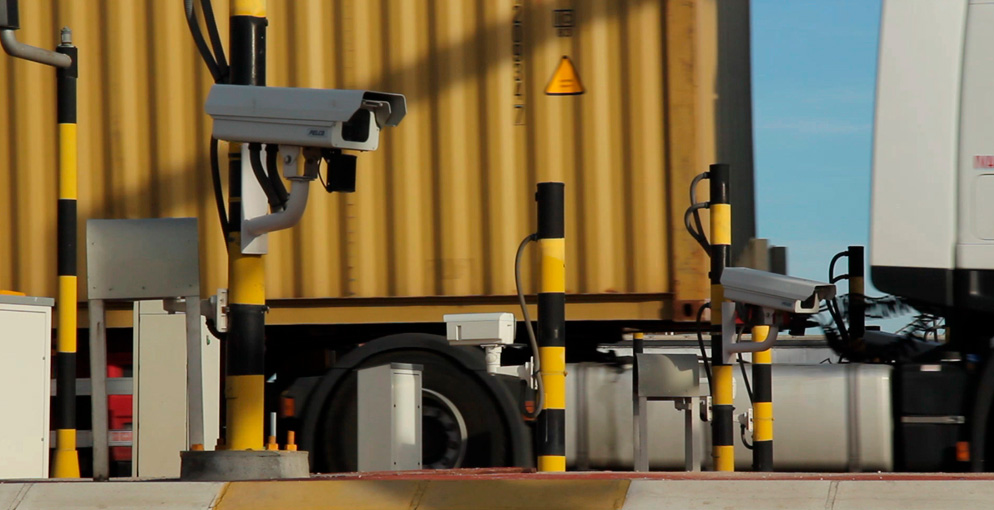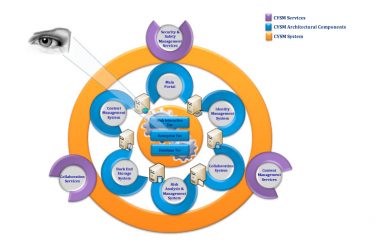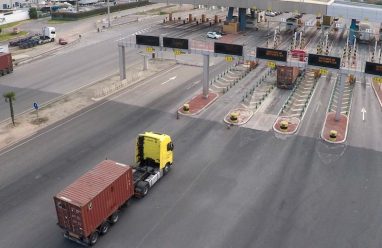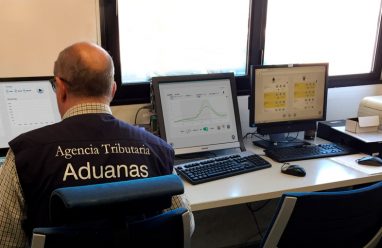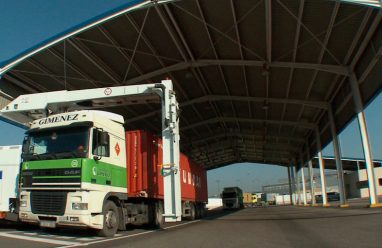The main aim of the project was to facilitate the implementation of new protection systems based on the coordination and cooperation of port-sector and logistic chain stakeholders. SUPPORT therefore set out the following specific aims:
– Analyse the security requisites from different perspectives (legislation, business model, technology, markets etc.) to enable us to identify the security risks and threats to European ports.
– Develop overall protection models that consider the following aspects:
- Risks and threats classified according to their severity.
- Risk management models that consider all stages of protection (prediction, preparation, alert and response) of both freight and passengers.
- Organizational strategies based on port and logistics security indicators.
– Develop strategic online solutions arising from the findings of earlier research, the following being of particular importance:
- Design of a network of sensors aimed at integrating new security technologies that facilitate the coordinated exchange of information.
- Development of communication infrastructures for the sharing of information using standard exchange formats between ports and logistic agents.
- Improve security conditions during the handling of containers, with a particular focus on detection.
- Detection of identity theft, especially that related to the ships that provide false information to the maritime traffic monitoring systems.
– Develop an IT platform to be able to share information and technological solutions based on the peer-to-peer system. The platform should act as a tool to update the different training and management systems for port and logistics agents.
– Organize demonstrative initiatives based on solutions that arose during the project. These initiatives will be carried out in the ports of Gothenburg and Piraeus in order to assess the feasibility of the solutions encountered during the project.
Lastly, it is worth pointing out that the main results were the definition of the guidelines for the risk analysis linked to the protection of the port, using the Bow-Tie technique. This method facilitates the organization and sequencing of all elements should a determined event (loss event) occur with the potential to cause harm to people, goods or freight handled at the ports.

